
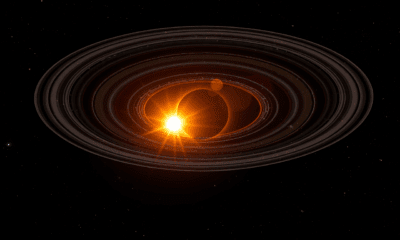

In a stellar nursery 460 light-years away, astronomers sharpened old ALMA data and spotted crisp rings and spirals swirling around 27 infant stars—evidence that planets start...



Imagine printing your Martian home from dust, sunlight, and a bit of biology. A new synthetic lichen system uses fungi and bacteria to grow building materials...
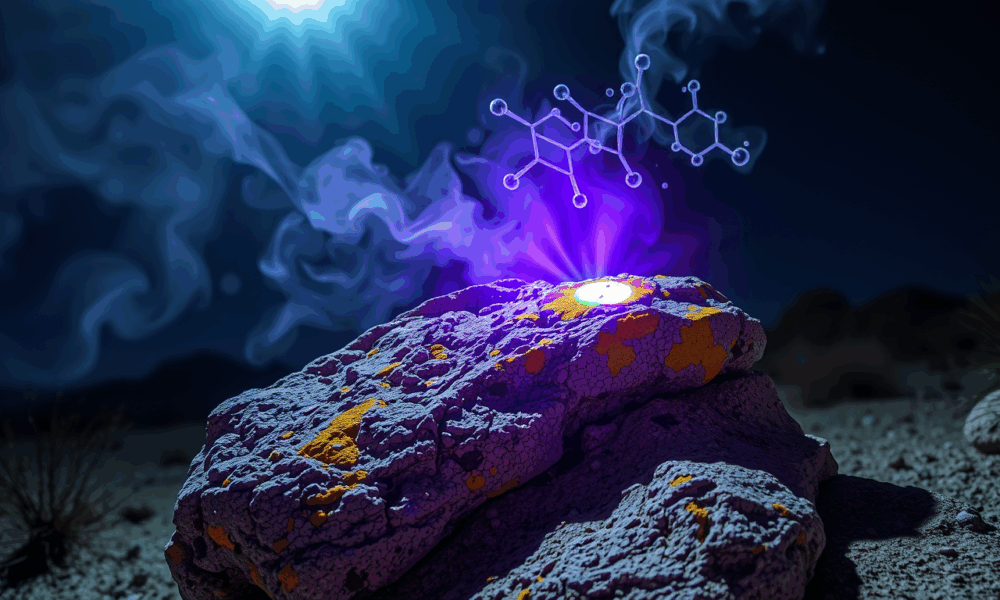


Lichen from the Mojave Desert has stunned scientists by surviving months of lethal UVC radiation, suggesting life could exist on distant planets orbiting volatile stars. The...
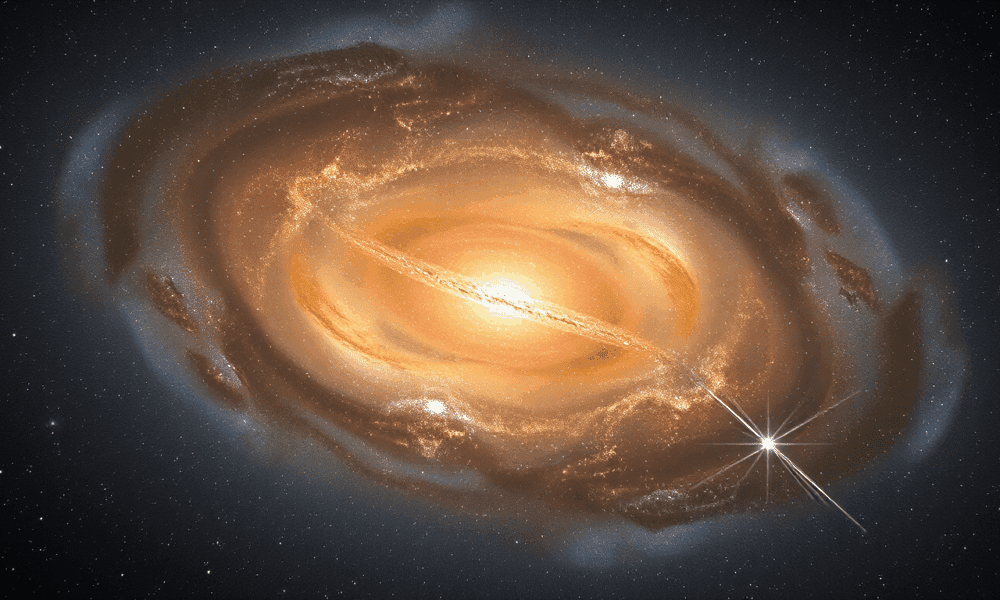
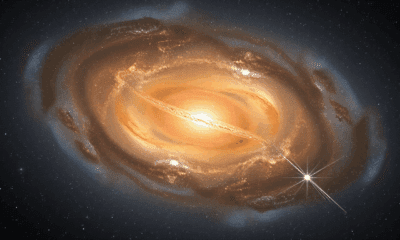

Scientists are peering into the universe's mysterious Cosmic Dawn using the faint whispers of hydrogen radio waves emitted over 13 billion years ago. These signals, particularly...

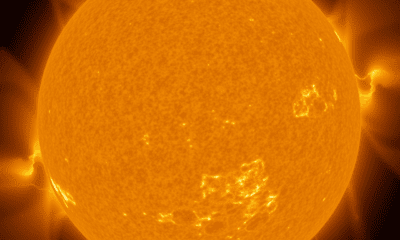

A stunning breakthrough in solar physics reveals ultra-fine magnetic structures on the Sun's surface, thanks to the NSF's Inouye Solar Telescope. Researchers captured never-before-seen bright and...
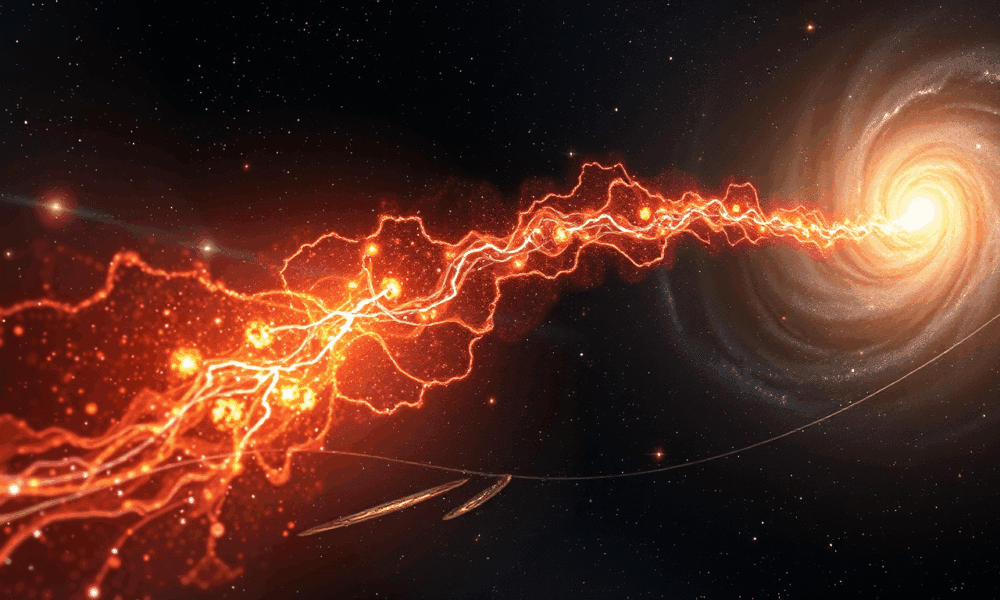
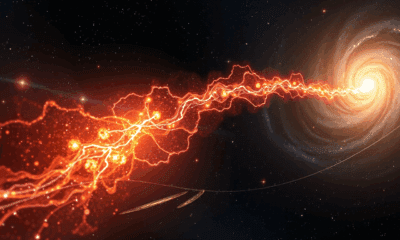

Astronomers have uncovered a colossal, searing-hot filament of gas linking four galaxy clusters in the Shapley Supercluster a discovery that could finally solve the mystery of...
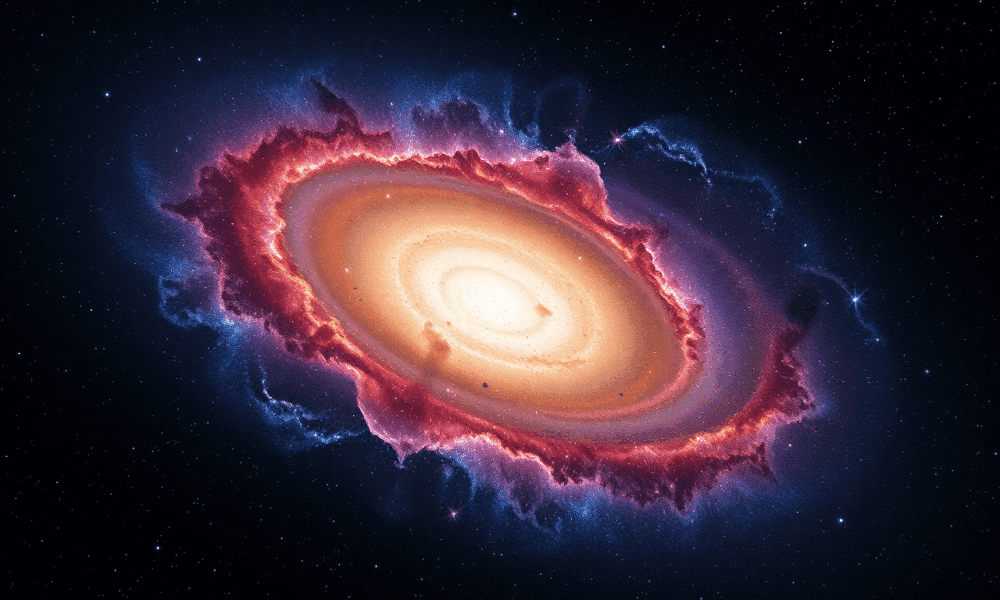
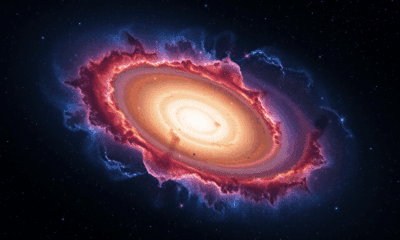

Astronomers have produced the most detailed map yet of the Sculptor Galaxy, revealing hundreds of previously unseen celestial features in stunning color and resolution. By combining...
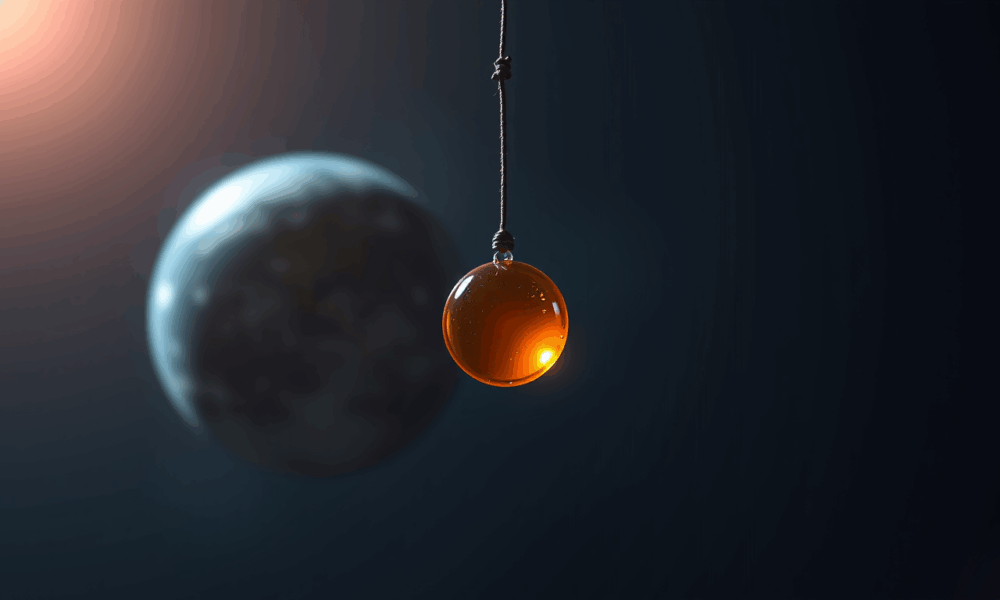
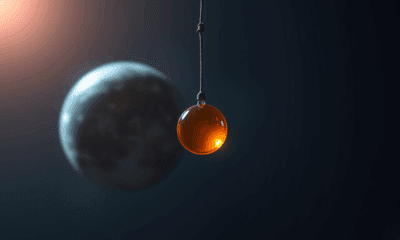

When Apollo astronauts stumbled across shimmering orange beads on the moon, they had no idea they were gazing at ancient relics of violent volcanic activity. These...
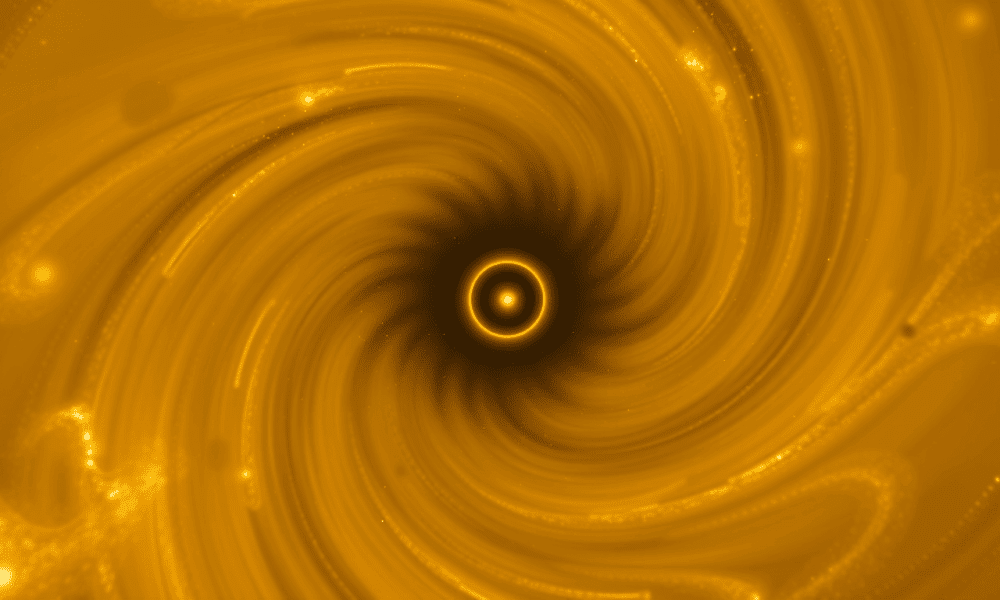


Astronomers using ALMA have uncovered how gas and dust in planet-forming disks evolve separately an insight that reshapes our understanding of how different types of planets...
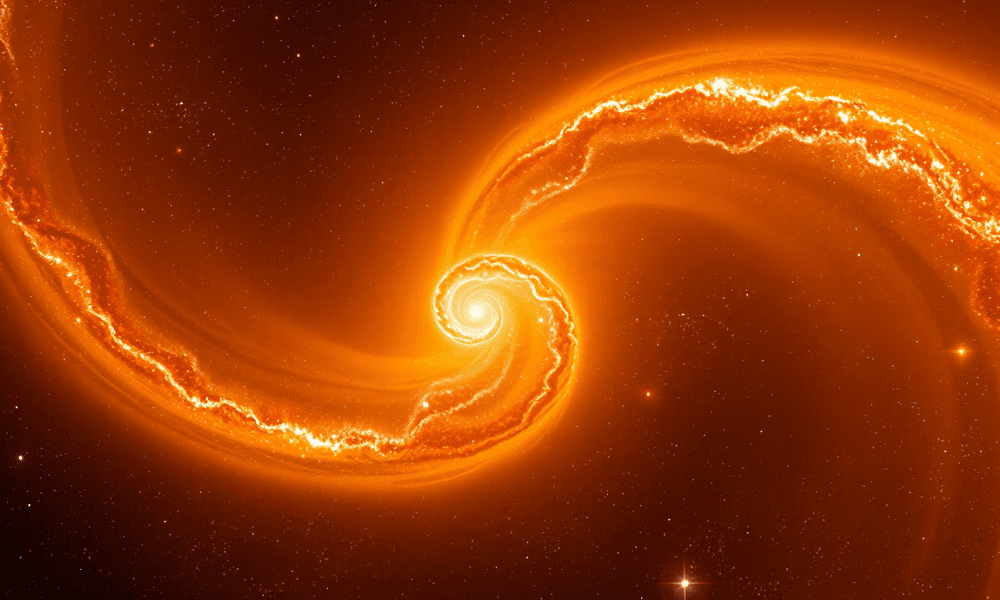
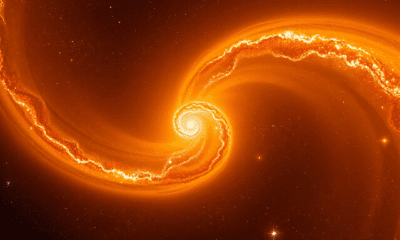

Surveying nearby galaxies in the process of merging with other galaxies, astronomers have identified massive, dense star factories, unlike any found in the Milky Way. The...